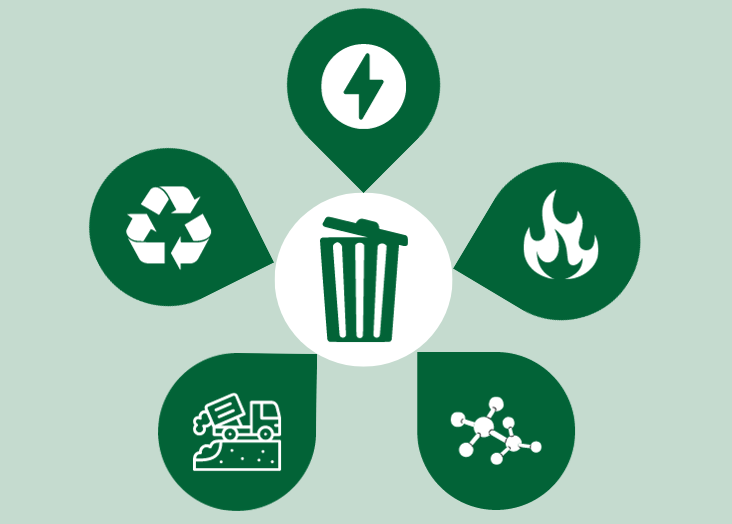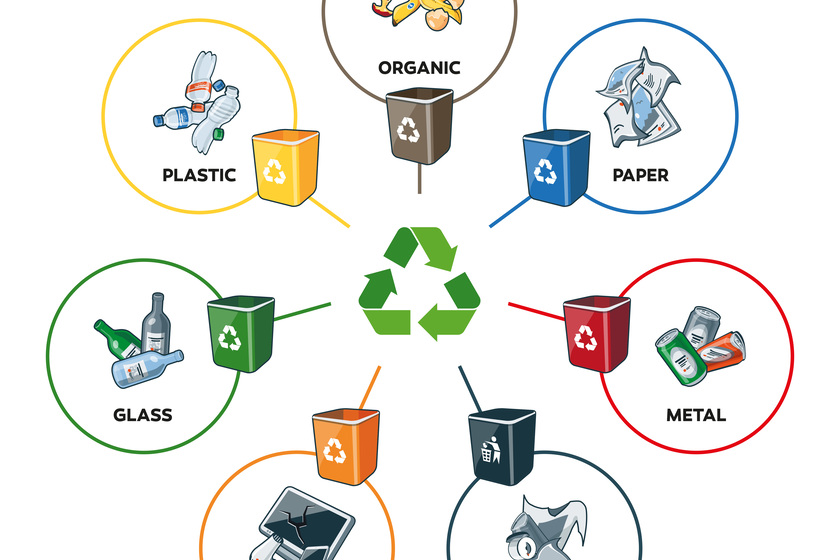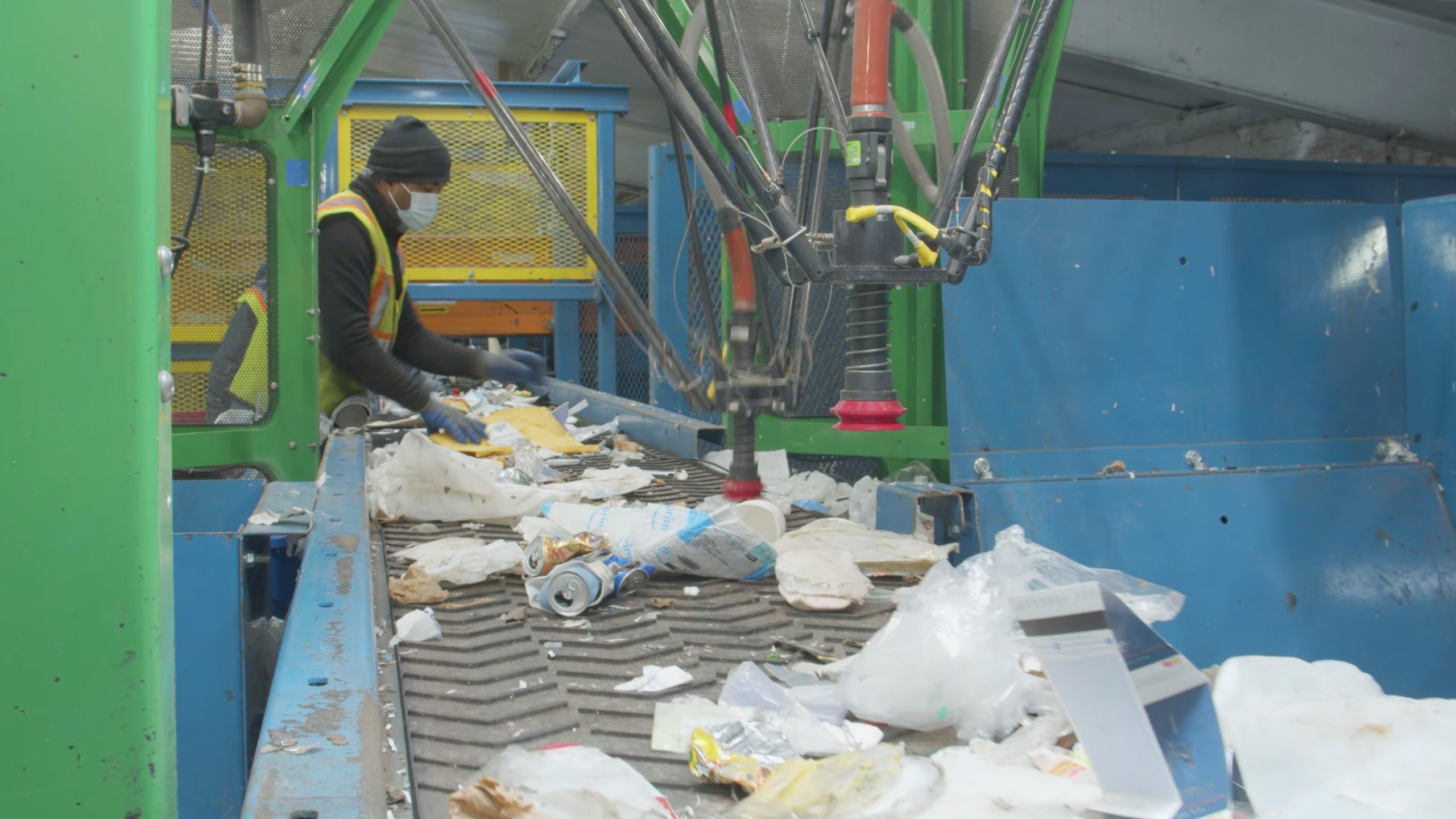How Recycling Lives Services Help Reduce Ecological Impacts
How Recycling Lives Services Help Reduce Ecological Impacts
Blog Article
Checking Out Different Sorts Of Waste in Modern Waste Management Equipment
The modern landscape of waste management includes browsing an intricate array of waste types, each requiring specialized handling and disposal techniques to mitigate ecological influences. Municipal solid waste, harmful waste, electronic waste, and natural waste each existing unique challenges and possibilities for source recuperation. Innovative services such as wise waste bins and waste-to-energy technologies are emerging as crucial devices in improving efficiency and sustainability. Understanding these waste types is crucial for promoting public awareness and encouraging active participation in sustainable methods. What strategies can efficiently deal with these diverse kinds of waste while promoting a round economy?
Community Strong Waste
Local strong waste, often described as household garbage or waste, incorporates a variety of discarded materials produced by property, commercial, and institutional sources within a town. This waste stream usually includes items such as product packaging, food scraps, backyard trimmings, paper, plastics, fabrics, and disposed of house products. The monitoring of municipal strong waste is an important part of metropolitan preparation and public health, demanding reliable collection, transportation, and disposal systems.
Reliable waste administration systems are created to reduce ecological effect while taking full advantage of resource healing. This commonly includes a mix of methods including composting, landfilling, and recycling. Reusing programs target materials like paper, glass, metals, and certain plastics, diverting them from landfills and reintroducing them into the production cycle. Composting organic waste, such as food scraps and yard trimmings, not just lowers landfill usage but likewise produces beneficial dirt amendments.
Districts need to also deal with the logistical and economic obstacles connected with waste monitoring. Applying pay-as-you-throw systems, enhancing public awareness, and buying modern technology can considerably boost waste diversion prices. By integrating these practices, towns can foster lasting neighborhoods, lower greenhouse gas discharges, and conserve natural sources.
Hazardous Waste

Reliable dangerous waste administration entails numerous important actions: identification, therapy, disposal, and segregation. Identification requires the category of waste based on its hazardous residential properties. Segregation guarantees that harmful materials are stored individually from non-hazardous waste to avoid cross-contamination. Therapy techniques, such as chemical neutralization, incineration, and stabilization, are used to reduce the toxicity, volume, or wheelchair of the waste. Finally, disposal choices, consisting of safe land fills and below ground storage, are chosen to make sure lasting control.
Governing structures, such as the Source Conservation and Recuperation Act (RCRA) in the USA, supply guidelines and standards for contaminated materials management. Adherence to these policies, coupled with advancements in waste therapy modern technologies, is necessary in minimizing the threats related to contaminated materials.
Electronic Waste
Digital waste, frequently referred to as e-waste, stands for a rapidly expanding challenge in waste management systems around the world. This sort of waste encompasses disposed of electronic devices and equipment such as smart devices, computers, tvs, and other digital devices. The rapid rate of technological development, coupled with decreasing item lifespans and customer demand for the current devices, has significantly raised the quantity of e-waste created every year.
E-waste is specifically problematic due to its complex composition, usually consisting of unsafe compounds like mercury, cadmium, and find here lead, which position significant environmental and health and wellness threats if not effectively managed. On the other hand, e-waste additionally includes useful products such as silver, gold, and copper, which can be recouped and reused. The dual nature of e-waste-- both harmful and valuable-- demands specialized handling, recycling, and disposal procedures.
Effective e-waste management entails stringent regulatory frameworks, durable collection systems, and advanced reusing technologies. Public recognition and engagement are essential, as improper disposal methods, such as unlawful discarding and informal recycling, intensify environmental contamination and carcinogen. As a result, improving e-waste management practices is essential for reducing ecological impact and recovering valuable resources in a progressively digital world.

Organic Waste
Organic waste, making up kitchen scraps, lawn trimmings, and farming residues, stands for a considerable section of the worldwide waste stream. This kind of waste is biodegradable, suggesting it can be broken down by microbes into easier natural substances. Despite its capacity for all-natural decomposition, inappropriate administration of natural waste can result in damaging environmental effects, consisting of the emission of greenhouse gases such as methane, which add to environment modification.
Reliable administration of organic waste is critical for lessening these ecological impacts (recycling lives services). Composting is a commonly embraced approach, transforming natural waste into nutrient-rich compost that can improve soil health and agricultural productivity. Additionally, anaerobic food digestion is an arising innovation that converts natural waste right into biogas, an eco-friendly power resource, and digestate, which can be used as plant food
Municipalities and waste administration entities need to carry out robust organic waste collection and therapy programs to make best use of the benefits of these processes. Public education and learning campaigns can also play a pivotal role in motivating houses and companies to different organic waste from other kinds of waste. By focusing on the management of organic waste, societies can lower garbage dump use, reduced greenhouse gas exhausts, and produce useful byproducts for farming usage.

Innovative Waste Administration
In the world of waste management, innovative approaches are changing just how cultures handle their refuse, aiming for sustainability and effectiveness. These improvements incorporate a series of innovations and techniques that boost reusing prices, minimize landfill dependence, and lower environmental impact. One prominent development is the implementation of smart waste bins geared up with sensors that monitor fill levels and optimize collection paths. This not only reduces fuel intake yet also decreases greenhouse gas exhausts.
Another remarkable advancement is the fostering of waste-to-energy (WtE) innovations. By converting non-recyclable waste right into functional power with procedures such as incineration and anaerobic digestion, WtE reduces land fill problem and provides a renewable resource source. Improvements in chemical see it here recycling enable for the breakdown of complicated plastics into their initial monomers, enabling the production of new, top click this site notch plastic products.
In addition, the round economic climate version is acquiring grip, emphasizing the style of products and systems that focus on reusability and source efficiency. This alternative strategy encourages sectors to reduce waste generation from the start. Through these cutting-edge strategies, modern-day waste administration systems are not just addressing the immediate obstacles of garbage disposal however likewise leading the way for an extra lasting future.
Verdict
A comprehensive understanding of municipal strong waste, dangerous waste, digital waste, and organic waste, coupled with the application of ingenious waste monitoring services, is important for minimizing environmental impacts. Incorporating innovations such as wise waste bins and waste-to-energy systems can boost performance and sustainability. Reliable waste monitoring strategies not just foster resource recuperation yet additionally advertise public awareness and engagement, inevitably adding to the development of a circular economic climate.
The contemporary landscape of waste management involves navigating a complex variety of waste kinds, each needing specialized handling and disposal techniques to reduce environmental impacts. Local solid waste, hazardous waste, electronic waste, and natural waste each existing unique obstacles and possibilities for resource recovery.Digital waste, generally referred to as e-waste, stands for a quickly expanding difficulty in waste management systems globally. Via these ingenious approaches, modern-day waste administration systems are not only dealing with the prompt difficulties of waste disposal however also leading the method for a more lasting future.
A detailed understanding of community solid waste, unsafe waste, electronic waste, and natural waste, coupled with the execution of cutting-edge waste administration solutions, is crucial for reducing ecological impacts. (recycling lives services)
Report this page